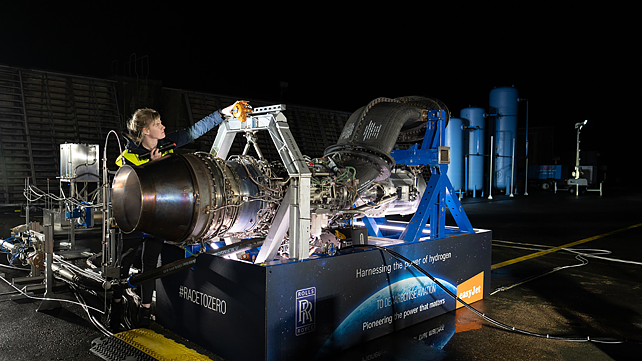
Rolls-Royce along with easyJet recently accomplished a new aviation milestone with the world’s first run of a modern aero engine on hydrogen.
Both companies are already planning a second set of tests, with a longer-term ambition to carry out flight tests.
Grazia Vittadini, Chief Technology Officer, Rolls-Royce, said, “The success of this hydrogen test is an exciting milestone. We only announced our partnership with easyJet in July and we are already off to an incredible start with this landmark achievement. We are pushing the boundaries to discover the zero carbon possibilities of hydrogen, which could help reshape the future of flight.”
Rolls-Royce and easyJet will now analyse the results of this early concept ground test and the partnership plans a series of further rig tests leading up to a full-scale ground test of a Rolls-Royce Pearl 15 jet engine.
Johan Lundgren, CEO, easyJet, said, “This is a real success for our partnership team. We are committed to continuing to support this ground-breaking research because hydrogen offers great possibilities for a range of aircraft, including easyJet-sized aircraft. That will be a huge step forward in meeting the challenge of net zero by 2050.”
Rolls-Royce and easyJet conducted the ground test on an early concept demonstrator using green hydrogen created by wind and tidal power. The test took place at an outdoor test facility at MoD Boscombe Down, UK and made use of a converted Rolls-Royce AE 2100-A regional aircraft engine.
The green hydrogen used for the tests was supplied by the European Marine Energy Centre (EMEC) and was generated using renewable energy at their hydrogen production and tidal test facility on Eday in the Orkney Islands, UK.
NB: Image credit: Rolls-Royce PLC.
Also Watch
“At Rolls-Royce India, Our Capacity Curve Has Grown Into A Capability Curve”